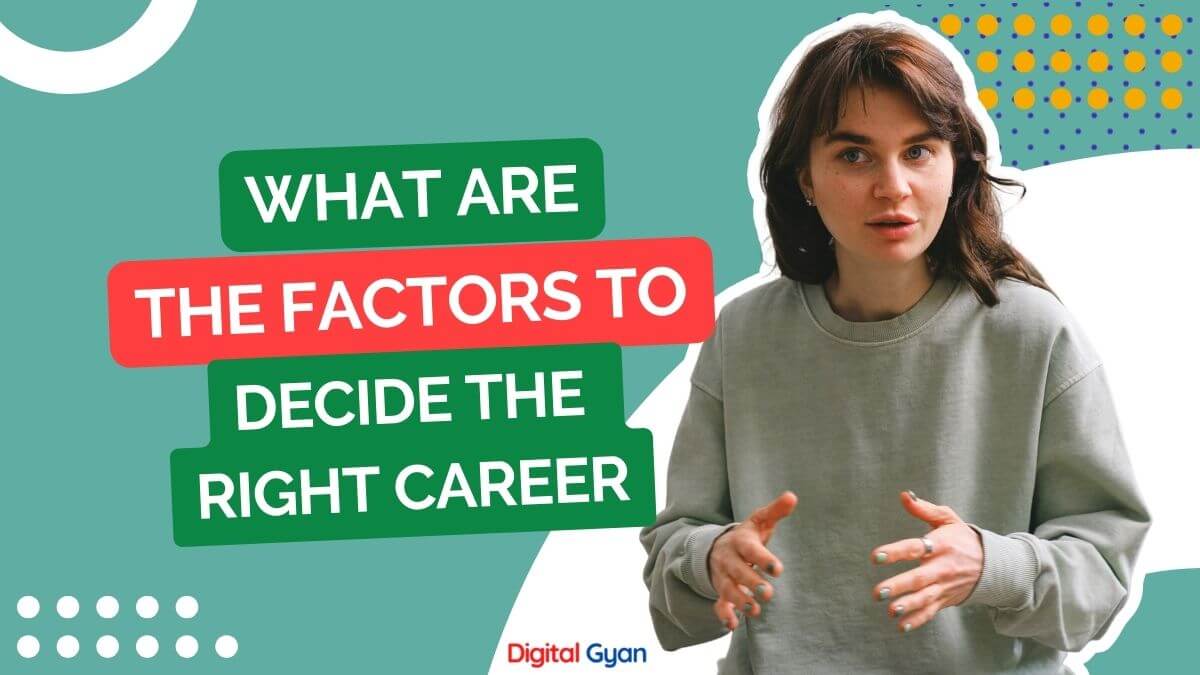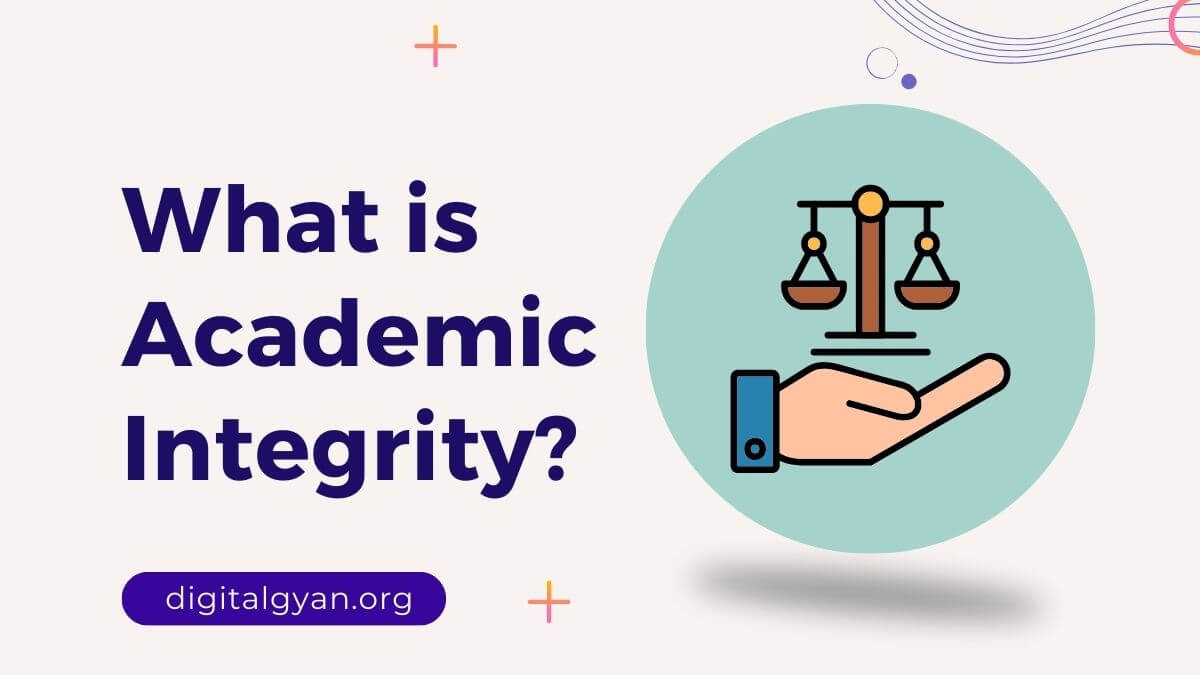How to Protect Yourself From Copyright Trolls
Introduction
With the rapid expansion of the digital world, protecting your creative work has become more crucial than ever. Unfortunately, lurking in the shadows are copyright trolls – individuals or organizations that exploit copyright laws to manipulate and intimidate creators.
This article aims to equip you with invaluable strategies to safeguard you from these copyright trolls and save your hard-earned money.
Who Are Copyright Trolls?
Copyright trolls are individuals or entities who exploit copyright laws for their own financial gain. They typically acquire the rights to copyrighted material and then use legal measures to target individuals who may have unknowingly infringed copyright laws.
Their main aim is to generate revenue through settlements or lawsuits, rather than genuinely protecting the rights of creators or intellectual property owners. Copyright trolls often employ aggressive tactics, such as sending intimidating demand letters or threatening legal action, in order to coerce individuals into paying substantial amounts of money to avoid litigation.
Their activities have sparked considerable controversy and debate, with critics arguing that copyright trolls are primarily motivated by profit rather than advancing the interests of artistic or creative communities.
How Do Copyright Trolls Work?
Copyright trolls work by acquiring the rights to copyrighted material and then employing legal measures to target individuals who may have unintentionally infringed copyright laws. Their primary objective is to generate financial gain through settlements or lawsuits, rather than genuinely safeguarding the rights of creators or intellectual property owners.
These individuals or entities often employ aggressive tactics, such as sending intimidating demand letters or making threats of legal action, to pressure individuals into paying significant sums of money to avoid litigation.
Protecting Your Creative Work
Registration: Registering your copyright provides significant protection and a solid legal foundation. Registering your work with the relevant authorities in your jurisdiction is recommended. Copyright registration establishes a public record of your ownership, making it easier to enforce your rights and seek legal recourse when necessary.
Monitoring and Enforcement: To effectively safeguard your work, proactive monitoring for potential infringements is crucial. Regularly conduct online searches, using both search engines and image recognition tools, to identify unauthorized usage of your creations. Additionally, consider utilizing copyright monitoring services that can streamline this process for you. If you identify infringements, you can then decide whether to send cease and desist letters or pursue legal action.
Watermarking, DRM, and Metadata: Implementing watermarking techniques allows you to assert your ownership and make it challenging for others to claim your work as their own. This visual identifier acts as a deterrent to potential infringers. Furthermore, utilizing digital rights management (DRM) technologies provides a layer of protection by controlling access and usage permissions. Additionally, embedding metadata within your files allows for easy identification and tracking, providing crucial evidence of ownership in potential legal disputes.
Building a Strong Defense
Fair Use and Legal Exemptions: Educate yourself about fair use and other legal exemptions that allow limited use of copyrighted material without permission. By understanding the scope and limitations of fair use, you can distinguish between legitimate uses and unauthorized exploitation of your work.
Documenting Ownership: Maintaining thorough documentation of your creative process and ownership is vital. Keep detailed records of creation dates, revisions, and versions of your work. Saving early drafts, sketches, and rough stages of your projects can prove your journey and ownership. Timestamping crucial milestones or incorporating copyright notices further strengthens your position in establishing ownership.
Networking and Knowledge Sharing: Joining communities of fellow creators and copyright advocates can be immensely valuable in your journey to safeguard your creative work. Engaging with industry professionals and participating in discussions, whether online or offline, can provide insights into the latest trends, practices, and legal developments. Sharing experiences helps you learn from others’ encounters with copyright trolls and develop effective strategies.
Dealing with Copyright Trolls
Assessing the Threat: If targeted by a copyright troll, it is crucial to assess the credibility and validity of their accusations. Scrutinize the claims thoroughly and consider seeking legal advice to understand your options and defences. Understanding the strength of the accuser’s case is essential for mounting an effective defence.
Counterclaims and Defending Your Rights: If faced with false or fraudulent accusations, filing counterclaims against copyright trolls can be a powerful defensive approach. Collaborate with legal professionals to build a robust defence, gathering evidence to support your counterclaims. Taking prompt and appropriate actions can help protect your rights and deter future attempts by copyright trolls.
Conclusion
In today’s digital landscape, creators must be vigilant in safeguarding their work from copyright trolls. By following the strategies outlined in this guide, you can fortify your artistic oasis and defend yourself against these predatory practices. Stay informed, proactive, and aware of your rights, and continue to create with confidence, knowing that you have taken the necessary steps to protect your unique creations.

